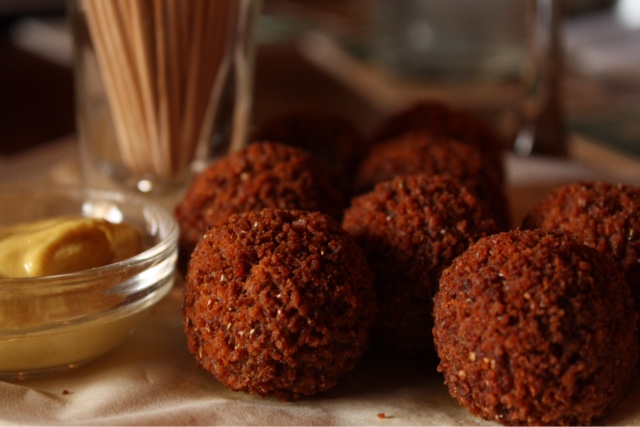Delft, the Netherlands
Delft being a place I'd never heard of, you can imagine my surprise when I promptly fell in love with it. I had started to realise that it wasn't just Amsterdam that hoarded amazing canals - they were all over the Netherlands, in every tiny village and even running through paddocks. Delft's were especially beautiful, with flowering baskets and bikes strung up on each bridge.
At the main square, Nieuwe Kerk rises above the rest. Gothic architecture now surrounds the original thirteenth century construction, which holds the crypt for the Dutch royal family.
At the other side of the square stood the stadhuis. I found the tower the most interesting part, so we got this photograph. It so happens to bear a close resemblance to one of M. C. Escher's earlier works, which we saw on a later trip to an art gallery devoted to him in Den Haag. I found this interesting, and think that maybe he also liked the tower best of all, the rest of the building being uninteresting and boxy.
It was here that we first sampled the Dutch specialty bitterballen. Breadcrumbed meaty goulash that's fried and served with mustard, they were much tastier than I had anticipated, and we went on to order them twice more as our trip through the Netherlands continued.
Johannes Vermeer was not one of the more prolific painters of his time, as only 34 paintings have been attributed to him, yet he has been deemed one of the masters of the Dutch Golden Age. He lived and worked in Delft, where he led semi-successful career (though a collapse in the art market put strain on his family (which included eleven children), and his wife was left with debt upon his death). His popularity has skyrocketed since the nineteenth century when he was rediscovered and an essayist incorrectly attributed over sixty paintings to him. Aside from Girl with a Pearl Earring and the Milkmaid, his best known work may be View of Delft (pictured here, and housed at Mauritshuis in Den Haag). His masterful command of lighting shows Delft from the south bank in partial cloud. A peaceful and uncluttered scene, Delft still feels tranquil even though it is more populated today. This is undoubtedly due to the unerring friendliness of the Dutch people, whose polite and courteous ways never fail to move me.
In contrast to the Nieuwe Kerk, the Oude Kerk (old church) towers above the canals, and even leans out towards them - the top is two meters further out than the base. It holds Vermeer's tomb, and is a valuable means of finding your way around the town, as it's almost always visible if you're near a canal.
Delftware can be found as souvenirs all over the country, and especially here. Potters began to make it in the 1500's, the blue-on-white designs influenced by Chinese ware. Ironically, now the troves of Delftware sold in tourist shops comes shipped cheap from China (so effectively it is Chinese pottery made in Delft made in China). We came across a long wall with graffiti in the style of the pottery, including well known figures like Vermeer and his Girl with a Pearl Earring.










No comments:
Post a Comment